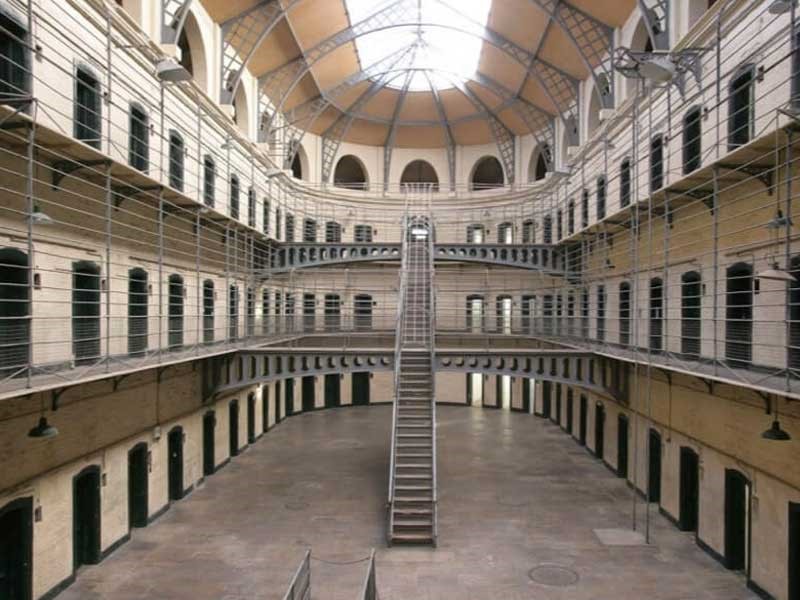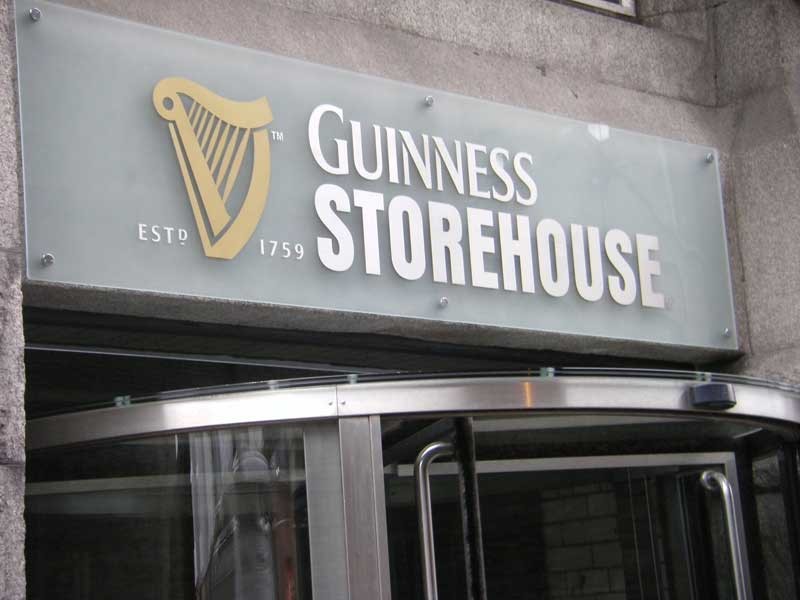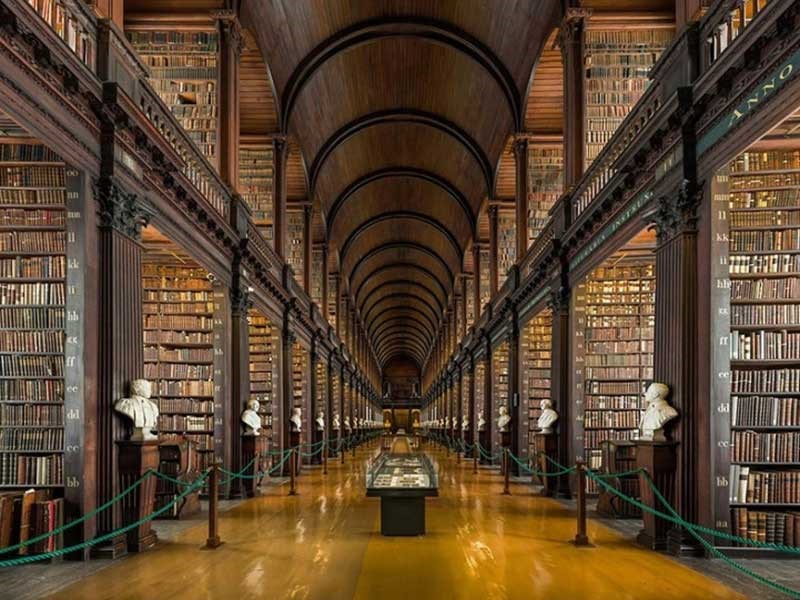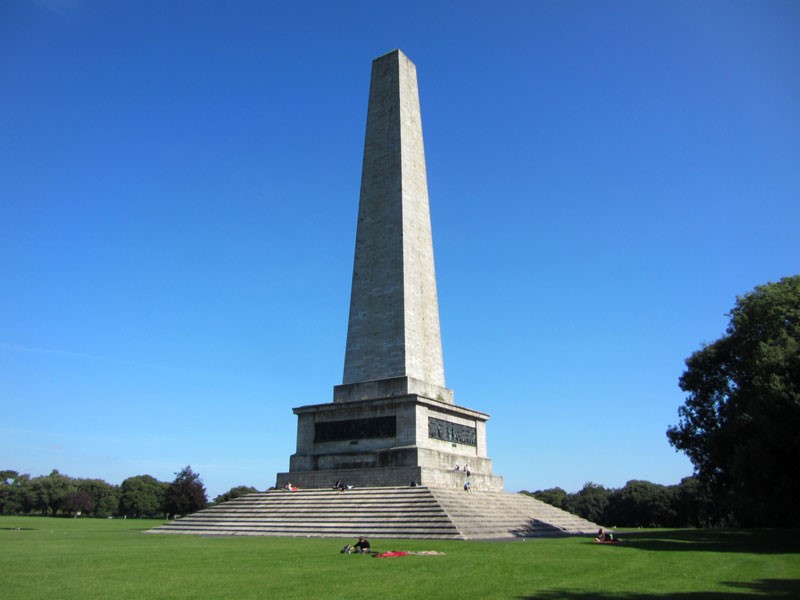
Nearby Attractions
Located just a 15 minute walk to Kilmainham Gaol, we have named our apartments after various nationalist leaders who were prominent during Ireland’s journey to independence reflecting the historic connections of our area. The Royal Hospital Kilmainham (Dublin’s oldest public buidling), The Phoenix Park and The War Memorial Gardens are all close by. The Guinness Storehouse, in Dublin’s “Liberties” is a 30 minute walk or a 5 minute bus journey. The Luas red line stop is a 5 minute walk, providing easy access to all of Dublin City.
Kilmainham Gaol
Dublin's Kilmainham Gaol is one of Ireland's most visited tourist attractions. If you have any desire to truly understand Irish history and our path to independence then a visit to Kilmainham Gaol is an absolute must. The gaol held some of the most famous political and military leaders in Irish history such as Robert Emmet, Charles Stewart Parnell, the 1916 Rising leaders and Eamon de Valera. Kilmainham Gaol in Dublin is remarkable for being the biggest unoccupied gaol in these islands. As such, it gives the visitor a dramatic and realistic insight into what is was like to have been confined in one of these forbidding bastions of punishment and correction between 1796 when it opened and 1924 when it closed. It offers a panoramic insight into some of the most profound, disturbing and inspirational themes of modern Irish history.


The Guinness Storehouse
Guinness is synonymous with Ireland and no visit to Dublin is complete without a trip to the Guinness Storehouse – the Home of Guinness. Located in the heart of the legendary St. James’s Gate Brewery in Dublin, this production site has been home to the Guinness Brewery since 1759, when Arthur Guinness signed a lease for 9,000 years. The Guinness Storehouse building dates back to 1904 and is built in the style of the Chicago School of Architecture. It was once the fermentation plant of the brewery and is now a seven-storey visitor experience dedicated to the history of the making of this world famous beer. You can learn how to pour the perfect pint in the Guinness Academy or upgrade to enjoy samples of the four most popular variants, with an intimate tasting experience with the Connoisseur Experience.
Trinity College Library
Dublin’s Trinity College Library has 5 million printed volumes with extensive collections of journals, manuscripts, maps and music reflecting more than 400 years of academic development.
The most famous of its manuscripts, the Book of Kells and the Book of Durrow, were presented by Henry Jones, Bishop of Meath and former vice-chancellor of the university, in the 1660s. Other special collections include the Ussher Collection acquired in 1661 and the Fagel Colection of 1802.
Many visitors recognise the Long Room when they enter despite never having visited before. The reason for this is Stars Wars! When George Lucas was making Star Wars II: Attack of the Clones, he was inspired by Trinity Library and a scene in the film contains a room that looks identical to the Long Room.
The most famous of its manuscripts, the Book of Kells and the Book of Durrow, were presented by Henry Jones, Bishop of Meath and former vice-chancellor of the university, in the 1660s. Other special collections include the Ussher Collection acquired in 1661 and the Fagel Colection of 1802.
Many visitors recognise the Long Room when they enter despite never having visited before. The reason for this is Stars Wars! When George Lucas was making Star Wars II: Attack of the Clones, he was inspired by Trinity Library and a scene in the film contains a room that looks identical to the Long Room.


The Pheonix Park and Dublin Zoo
The Phoenix Park at 707 hectares (1752 acres) is one of the largest enclosed recreational spaces within any European capital city. The Phoenix Park Visitor Centre displays information and historical interpretations of the Phoenix Park from 3500BC to the present day. Adjoining the Visitor Centre is the fully restored Ashtown Castle, a medieval tower house that probably dates before the 17th century. Dublin Zoo in the Pheonix Park is the largest zoo in Ireland, and one of Dublin's most popular attractions. Opened in 1831 the zoo describes its role as conservation, study, and education. It's a fun family location for all the family.
Christ Church Cathedral
Christ Church Cathedral is Dublin's oldest building, a leading visitor attraction and a place of pilgrimage for almost 1,000 years. Renowned for its beauty, architecture and exquisite floor tiles, it is home to the famous 12th Century crypt, one of the oldest and largest in Britain and Ireland. Perfectly located in the heart of Medieval Dublin, it was founded in 1030 by Sitriuc, King of the Dublin Norsemen and was incorporated into the Irish Church in 1152 and eventually led by the famous Archbishop and patron saint of Dublin, Laurence O’Toole.

